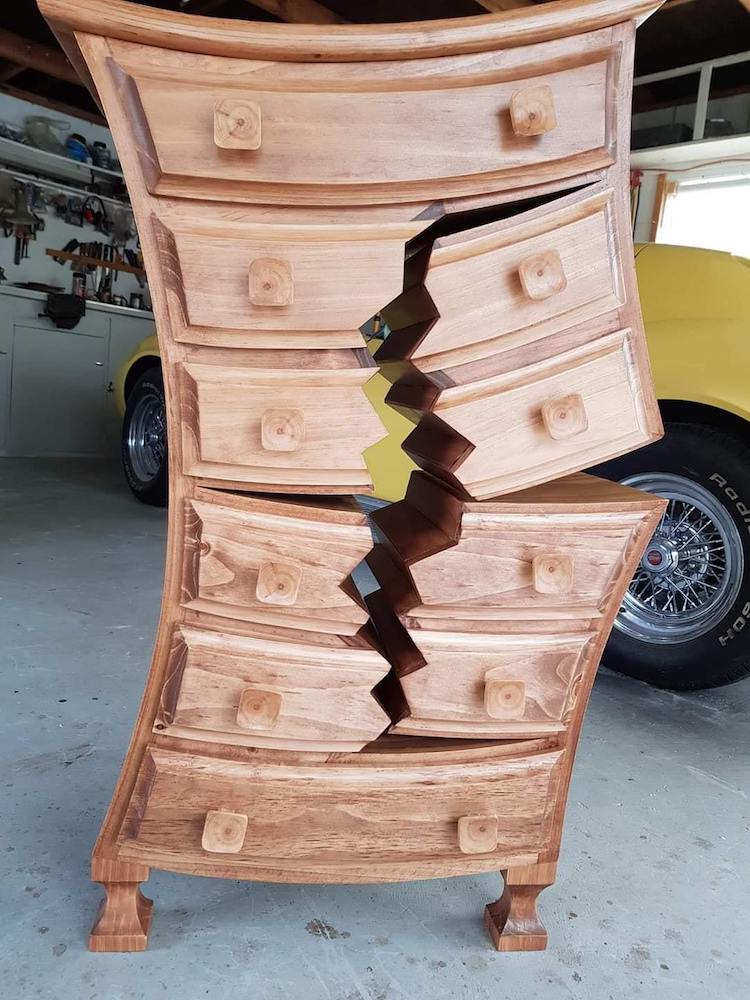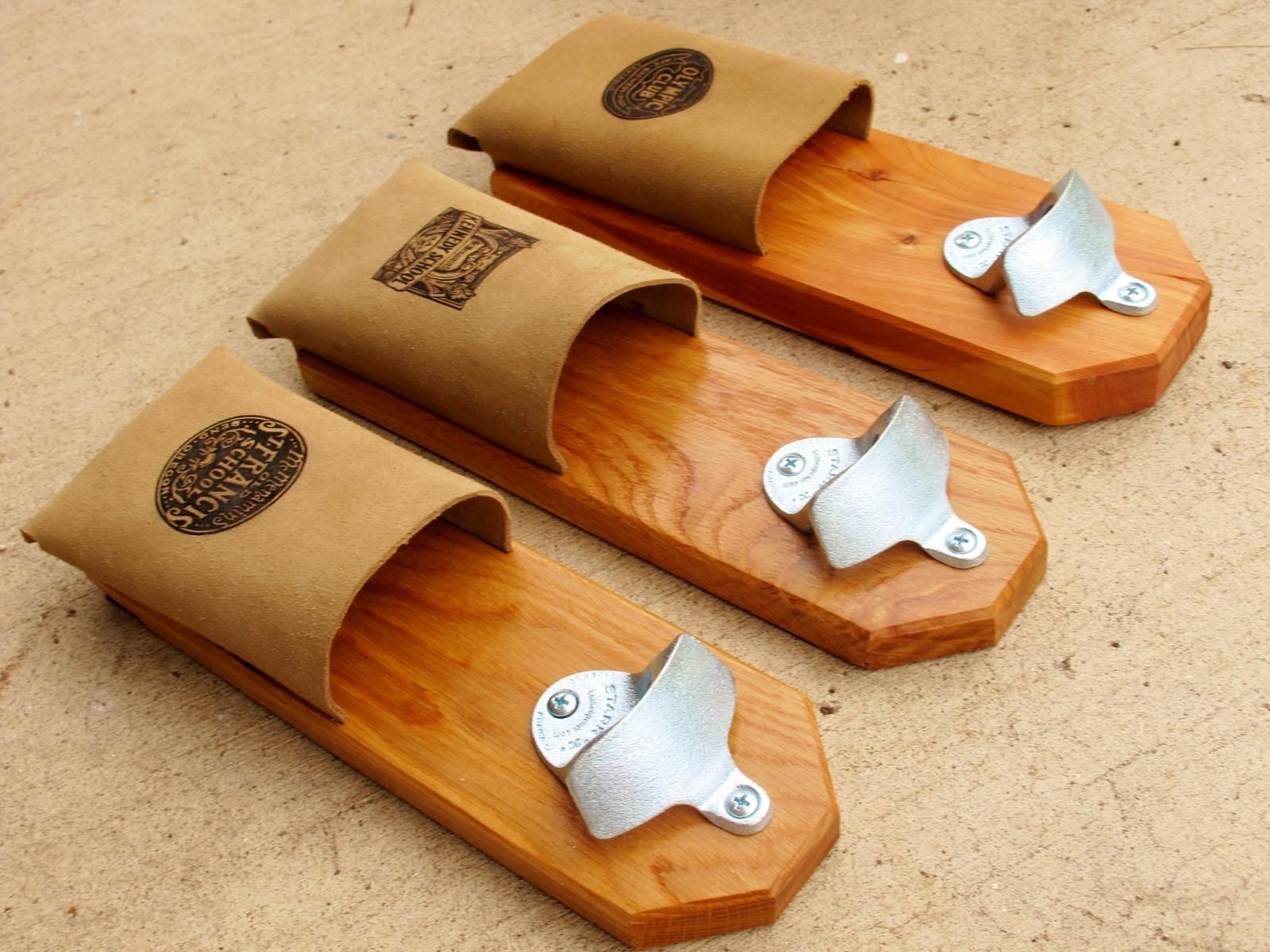Build Your Dream Workbench: A Comprehensive Guide to a Strong & Sturdy Design
Hey there, fellow woodworkers! So, you're ready to build yourself a workbench? That's awesome! A good workbench is the backbone of any workshop, and building your own is incredibly rewarding. It's a project that lets you tailor the design to your exact needs and, let's be honest, it's just plain fun. This guide will walk you through building a truly strong and sturdy workbench, one that will stand up to years (and years!) of hard work.
Choosing Your Wood: The Foundation of Strength
Before you even think about sawing anything, let's talk wood. The choice of lumber significantly impacts your workbench's longevity and stability. You want something strong, durable, and resistant to dents and scratches. Here are some top contenders:
Hardwoods for the Win
Hardwoods are generally the best choice for a workbench. They're denser and more resistant to wear and tear than softwoods. Think:
- Hard Maple: Incredibly strong, hard, and relatively easy to work with. It's a popular choice for a reason!
- Red Oak: Another excellent option. It's strong, relatively inexpensive, and readily available.
- Birch: A bit more expensive than oak but offers excellent strength and a smooth surface.
- Beech: Extremely strong and hard, but can be a bit more challenging to work with due to its density.
Keep in mind that even within a species, there's variation in quality. Look for lumber that's straight-grained and free from knots, especially for critical parts like the legs and top.
Softwoods: A Budget-Friendly Alternative (with caveats)
If you're on a tighter budget, softwoods like Douglas Fir or Southern Yellow Pine can work, but understand that they'll be more prone to dents and scratches. You might want to consider using a hardwood for the top surface even if you opt for softwood for the rest of the workbench.
Thickness is Key
Don't skimp on thickness! For the top, aim for at least 2 inches thick. Thicker is definitely better for resisting dents and providing a stable work surface. For the legs and supports, 4x4s are a great starting point. They provide substantial strength and are readily available at most lumber yards.
Workbench Design: Tailoring it to Your Needs
Now for the fun part – designing your workbench! There's no single "perfect" design, as the ideal workbench depends on your individual needs and working style. However, some key features are worth considering:
The Workbench Top: Your Primary Workspace
The top is the heart of your workbench. Consider the following:
- Size: How much space do you need? Measure your largest project to ensure you have enough room to work comfortably.
- Material: As discussed above, hardwoods are ideal. You can also consider adding a layer of epoxy resin for extra durability and protection against moisture.
- Edge Treatment: Round off the edges slightly to prevent snags and make the bench more comfortable to work on.
- Holes and Dog Holes: Consider adding holes (often called dog holes) for securing workpieces using bench dogs or clamps.
The Base: Stability and Strength
A strong base is crucial for a stable workbench. Popular base designs include:
- Traditional 4-leg design: Simple, classic, and relatively easy to build.
- Cabinet Base: Incorporates storage drawers or cabinets, which is great for keeping your tools organized.
- Trestle Base: Uses a single, wide support at each end, giving a very sturdy design but sometimes requires more advanced joinery.
Adding Essential Features
Think about what extra features you might want to include:
- Vice: A must-have for many woodworkers. Choose between a front, tail, or combination vice based on your needs.
- Shelves: Provide extra storage space for tools and materials.
- Pegboard: Great for hanging smaller tools, keeping them organized and easily accessible.
- Power Strip: Built-in power is always handy. Be sure to incorporate it safely and to code.
Construction Techniques: Putting it All Together
This section would normally include detailed instructions on constructing each part of the workbench, including cutting lists, diagrams, and step-by-step instructions. However, due to the complexity of providing comprehensive visual instructions within a text-based format, I highly recommend looking for detailed workbench plans online or in woodworking books. Many free plans are available, catering to various skill levels and desired workbench styles.
Finishing Touches: Protecting Your Investment
Once your workbench is assembled, it's time to protect it with a finish. This will help to prevent water damage and make it easier to clean. Consider:
- Oil-based finishes: Penetrate the wood, providing good protection and enhancing the natural beauty of the wood. Linseed oil is a classic choice.
- Polyurethane: Forms a durable, protective layer on the surface. It's more water-resistant than oil-based finishes.
Commonly Asked Questions
Q: What's the best wood for a workbench top?
A: Hard maple and red oak are excellent choices. They're strong, durable, and relatively easy to work with.
Q: How thick should the workbench top be?
A: Aim for at least 2 inches thick. Thicker is always better for stability and resisting dents.
Q: Do I need a vice?
A: A vice is highly recommended for most woodworking tasks, but not strictly essential.
Q: How long does it take to build a workbench?
A: This varies greatly depending on the design's complexity and your experience level. Expect to spend several days, possibly a week or more, on a complex build.
Q: Can I build a workbench without any woodworking experience?
A: It's certainly possible, but starting with a simpler design is highly recommended. Consider following detailed plans and perhaps getting help from an experienced woodworker.
Happy building! Remember to always prioritize safety when working with tools and lumber. Enjoy the process, and let me know if you have any other questions!



















